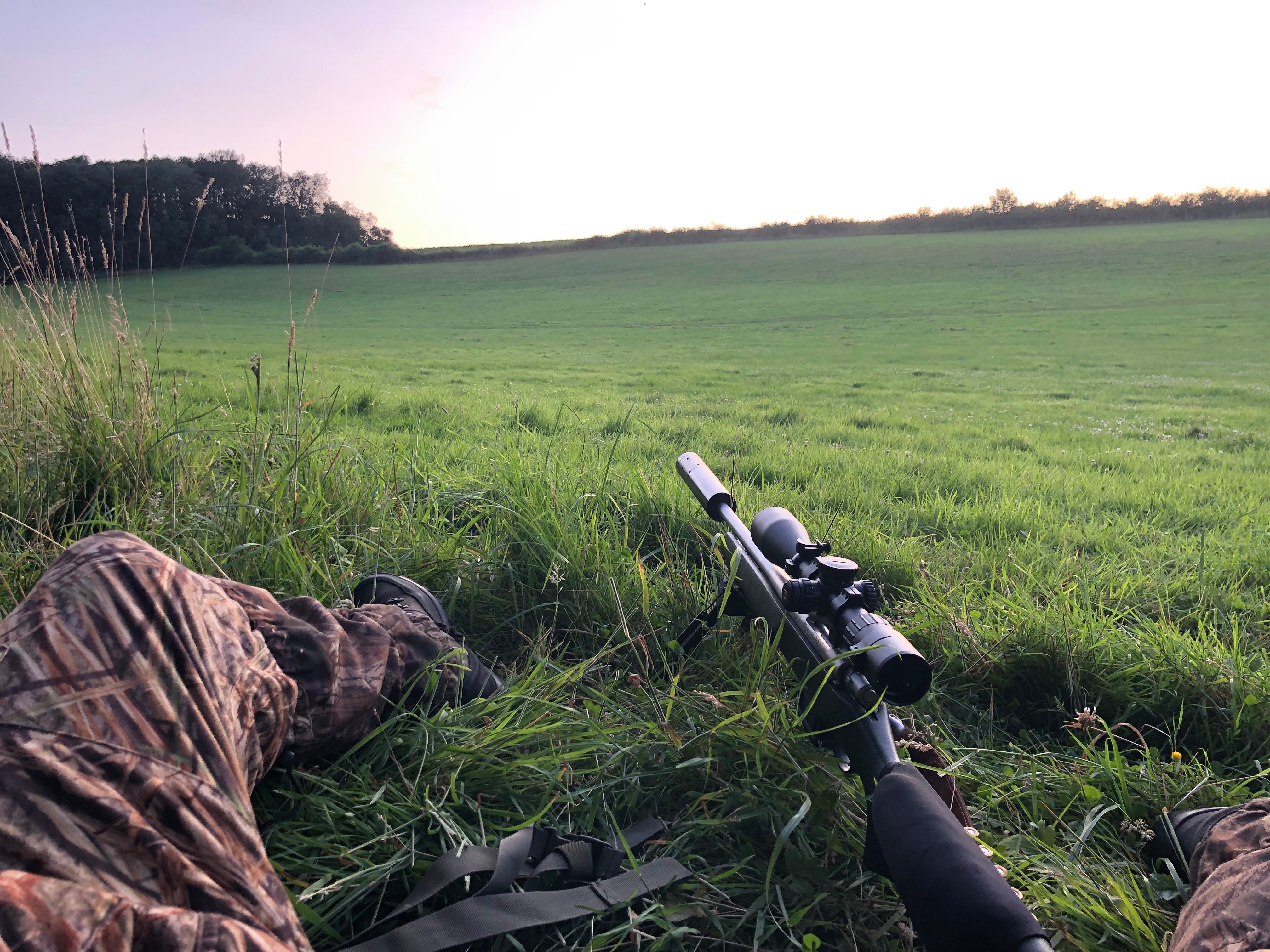
How can deer stalking help local conservation efforts?
Deer stalking, when conducted responsibly and in accordance with local regulations, can indeed contribute to local conservation efforts in several ways. Here are a few potential benefits:
-
Population Management: Stalking helps regulate deer populations, especially in areas where natural predators are scarce. Deer can have significant impacts on ecosystems when their numbers exceed the carrying capacity of the habitat. By selectively culling specific individuals or limiting the overall population size, stalking helps maintain a balanced and healthy deer population that is sustainable within the local environment.
-
Habitat Protection: Overabundant deer populations can cause excessive browsing, leading to the degradation of vegetation and habitat loss for other species. By managing deer numbers, stalking can mitigate the negative impact of deer on ecosystems. This helps preserve and protect local flora and fauna, allowing for a more diverse and resilient ecosystem.
-
Disease Control: Some regions experience outbreaks of diseases that affect deer populations, such as chronic wasting disease or bovine tuberculosis. Stalking can aid in disease control by identifying infected individuals and removing them from the population. Reducing the prevalence of these diseases helps safeguard the overall health of the deer population and can prevent the spread of diseases to other wildlife and livestock.
-
Conservation Funding: Managed deer stalking can provide financial support for local conservation efforts. Licensing fees, permits, and hunting-related activities generate revenue that can be allocated towards habitat conservation, wildlife research, and other conservation projects. These funds can contribute to the maintenance and protection of natural areas, benefitting a wide range of species beyond just deer.
-
Stakeholder Engagement: Deer stalking can promote engagement and cooperation among various stakeholders, including hunters, landowners, conservation organizations, and governmental bodies. Collaborative efforts can lead to shared conservation goals, fostering a sense of stewardship for the land and wildlife. This cooperation can also enhance communication channels, allowing for more effective conservation planning and management.
-
It's crucial to note that responsible deer stalking should be conducted with adherence to local hunting laws, regulations, and ethical principles. Professional training and knowledge of the local ecosystem are necessary to ensure that stalking activities align with conservation objectives and avoid any negative consequences.


